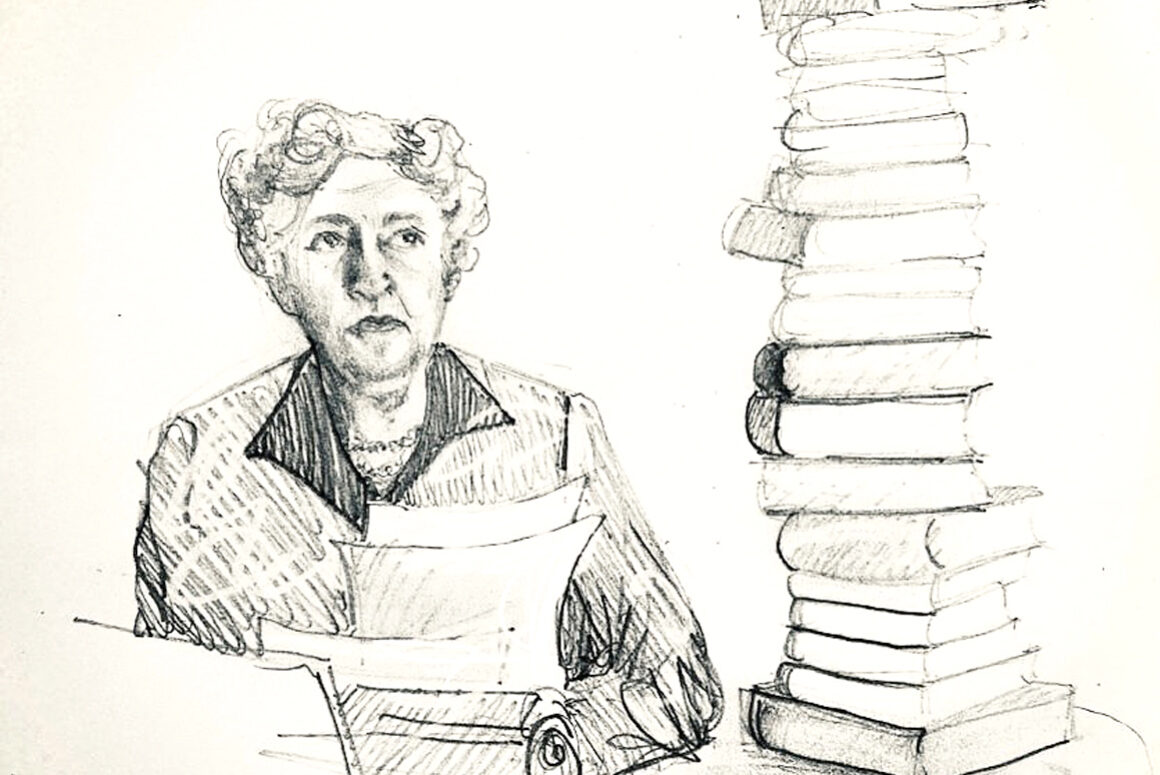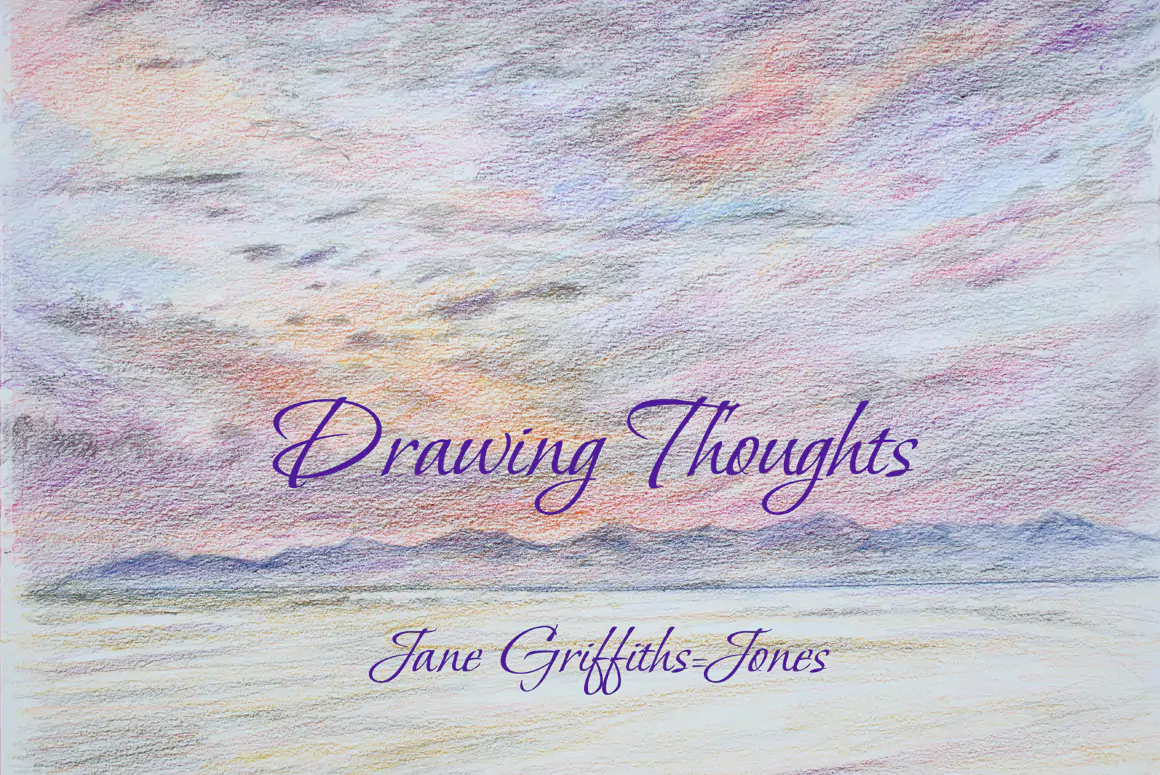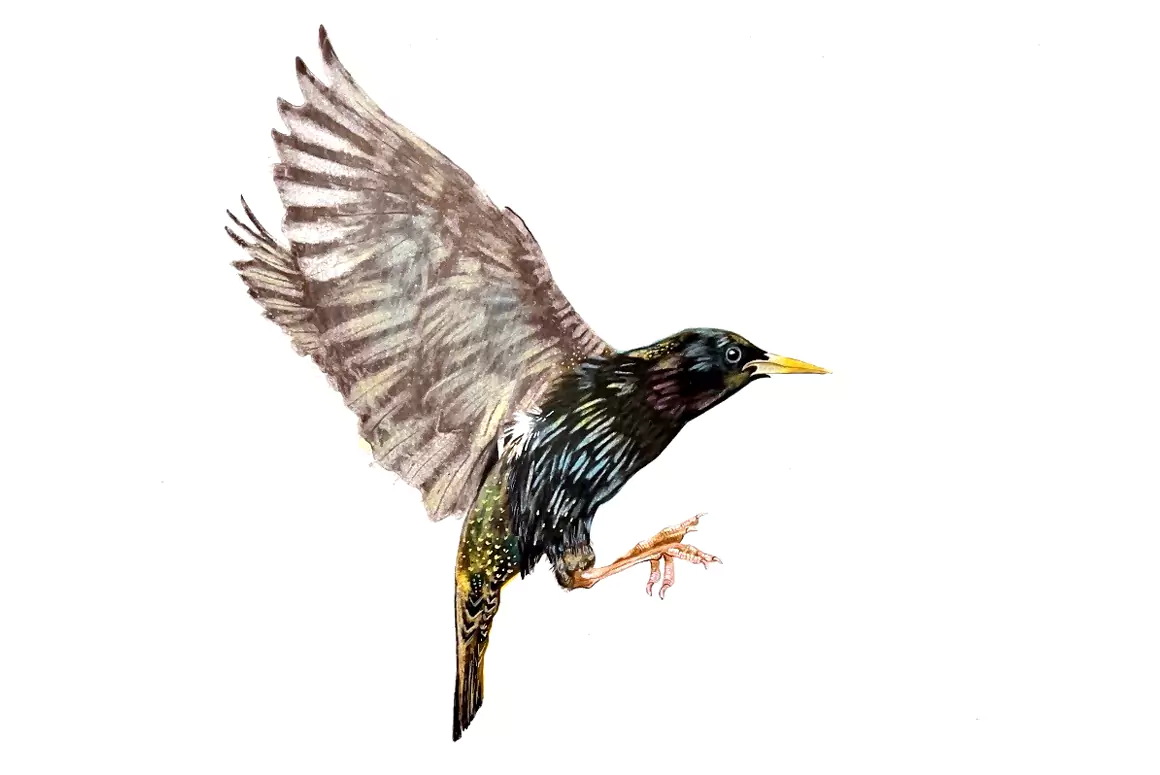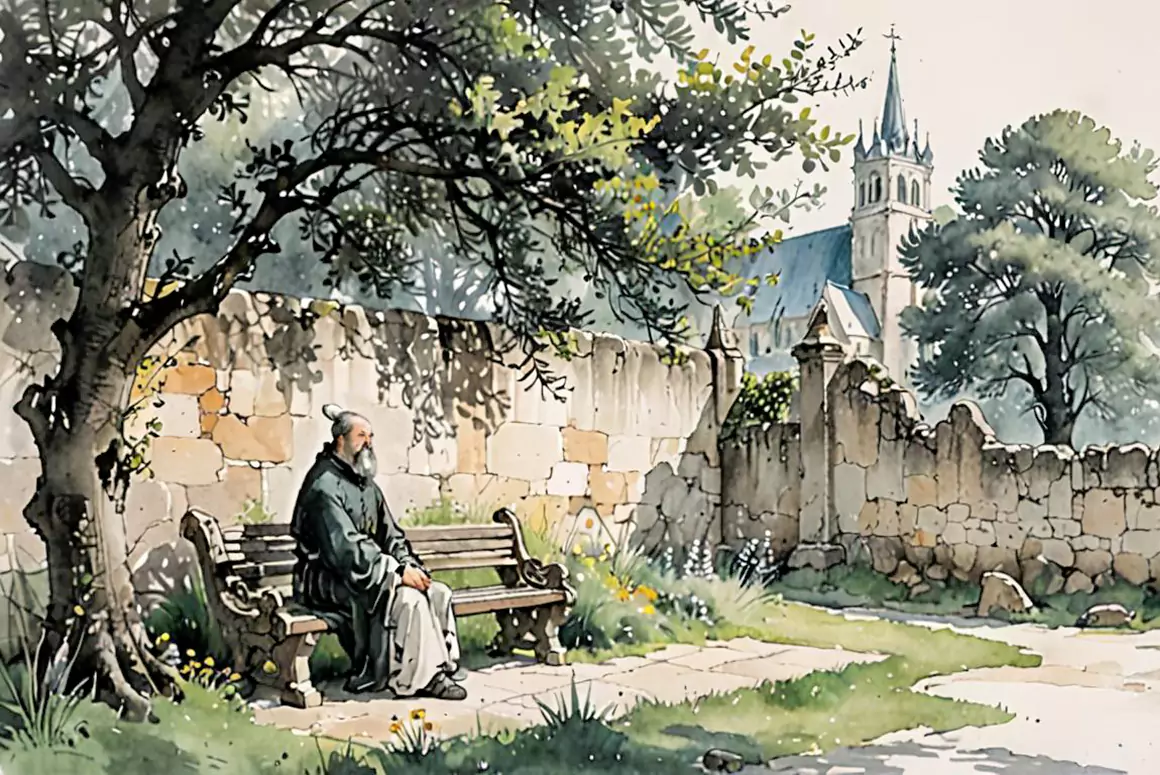I tend to find my contentment in life’s small things: the simple pleasures of home, a good glass of wine, a comfortable seat in the garden on a spring afternoon, an autumn walk kicking through leaves; as such, I am not often given to flights of fancy or frivolous daydreams. Being of a literary nature, however, something to which I am susceptible is the occasional bout of romance, therefore those few dreams that I do hold dear tend to be of the romantic and sentimental variety, often with a dollop of history thrown into the mix for good measure. Amongst these, tucked away is a cherished nook, is the long-held desire of one day taking a long journey upon the Orient Express. I am not what might be traditionally held up as a train enthusiast per se, I have never indulged in train spotting as a pastime nor have I ever worked around our railway system, so why should this be such a vivid and long-held dream of mine
From Christie to Hitchcock, and even to the endeavours of James Bond, many stories and films have flirted with the famous train’s beautiful polished walnut and burnished golden interiors, depicting it in all its glamorous splendour. I was entirely captivated by the thought of those beautiful carriages, lit by the warm glow of sconces and populated by an array of glamorous sophisticates in tuxedos and cocktail dresses, socialising in a haze of fragrant cigarette smoke as that famous train wound its way across-continent through European nights, via valleys, past castles and hundreds of years of history en route to the minarets and chatter of exotic Constantinople. On the surface, such glamour is enough to seduce anyone, but I think that my dream has deeper roots than that. These roots reach down and entwine themselves around the rails themselves, entangle themselves around trains in general, and the fact that rail travel is my favourite form of transportation.
Before even stepping onto a train, the outsider’s perspective is a fascinating one, as it begins not with the traditional senses at all, but with the body; you feel a train’s approach first, long before you hear it. First comes a slight disturbance in the air, in the earth, almost insignificant to begin with, a slight disturbance in the day’s equilibrium that builds so slowly, ever so slowly. Way up along the track, birds lift from the gravel either side of the rails as though riding the crest of some great, unseen wave and, as you watch them flow skywards, that gentle disturbance becomes a vibration, a vibration which begins to travel from the ground up, through the shoes and the feet, into the body and the head, until it is finally processed for what it is – a quiet arrival.
Much later, the traditional senses begin to catch on, and the eye follows suit, peering down the track toward an empty space that is suddenly populated by a growing blob of colour, like a half-dreamt object that unhurriedly forms an outline, then takes firmer shape as the dream progresses, growing unhurriedly but steadily in size, until it takes on the unmistakeable front profile of the train as it snakes toward the watcher.
Finally, the ear tags along for the ride, picking up on the faint ratcheting shunts and rickety clicks that carry so clearly through the air, accompanying the train’s progress and heralding its path until finally it reaches the platform and that great screech of brakes begins to kick in.
Even the stopping of a train is something to enjoy. Much like watching a horse in motion across a field or the gentle flexing of a fish as it swims through the river, the train decelerates toward a halt, all that built-up energy dissipating as it slows foot-by-foot, yard-by yard at which point the emphasis begins its shift from the physical to the figurative and the imagination takes over from the senses.
As the faces flash past, one-by-one, during this braking process, framed individually by their separate windows, the imagination adds detail, texture and colour to their unknown lives – perhaps that man is a jilted lover, adrift from the former certainties of his own life and searching for somewhere new to belong; that dark-haired lady, so smart in her formal coat, could be a CEO on her way to some high-powered, multi-million pound meeting; that teenager gazing absently through the glass may be a burgeoning poet, dreaming their world into being one mile at a time. On and on they come, the faces and the stories, until the train softly sidles up against the platform, shudders to a halt and it is time to step aboard.
Here, then, is a choice to be made, a choice which might change depending upon your outlook and stage of life, for a simple shift in seats can cause a significant change in perspective. Do you choose to sit facing forward, watching the world come toward you, each yard of distance refilling the oncoming rush of life and visual information, forewarned and forearmed, or do you prefer to sit facing backward, reflective and contemplative, to ponder what has already been? The choice made, you take your seat, feel the pull as the train moves away from the station.
The journey begins and life trundles past, prompting so many different reactions and feelings. Through a gap in the trackside vegetation there appears a sweeping sward of green that slopes up from the tracks and away to a large rural house, surrounded by trees, perhaps a small lake, and you’re prompted to ask ‘Why can’t I live there!” Conversely, the journey might thread through the derelict quarters of once-populated urban compactness, almost drawing a sigh of relief from you, with the glad thought: ‘Thank God I don’t live there!”
The journey continues, the rain gathers momentum and, from this point, you are out of time, not literally speaking, but metaphorically, being literally removed from time as the world around the train sees and experiences it. To those standing by in streets and on verges, you are simply a passing blur, a metallic thread running through the landscape to stitch it all together, here once second and gone the next, but aboard the train itself those linear temporal boundaries begin to distort amongst those imperceptible moments when the future becomes the present and the present becomes the past in the blink of an eye, an eye that looks out on a landscape as it tumbles by the window. Hedges merge into one long shade of green, houses now become impressionistic in their vagueness, there are no straight lines, no demarcations or boundaries, only this long stretch of the undefined and unwritten backed, as always, by the unending sky.
Early morning journeys can bring a sense of mystery with their list-filled hollows rippling like silver pools and the umber-gold of copses as they are touched by the day’s first light, each thing slowly added in one element at a time, as a painting happening in real time as it becomes its own delicate visual ecosystem, finely balanced, each piece attuned to the others and, sometimes, to speak or move would be to shatter the illusion building on the other side of the glass and bring the whole fragile thing crashing down. Or maybe you’re there in the evening, as the day draws itself to a close, contemplating, in the dying glow and warmth, how we all live time in our own ways – the mayfly’s brief flare of existence, our average four score and ten, and over them all the trees looking down with mild indifference as they continue their gentle, shushing watch over the centuries as they pass, the concrete and the abstract melding together in the gloam.
All these things you contemplate, and have time to contemplate, as the evening wears on and somewhere up ahead, you know, the tracks disappear to their vanishing point, and you have miles yet to go before home, but you sit back and watch on happy to follow them awhile longer.





